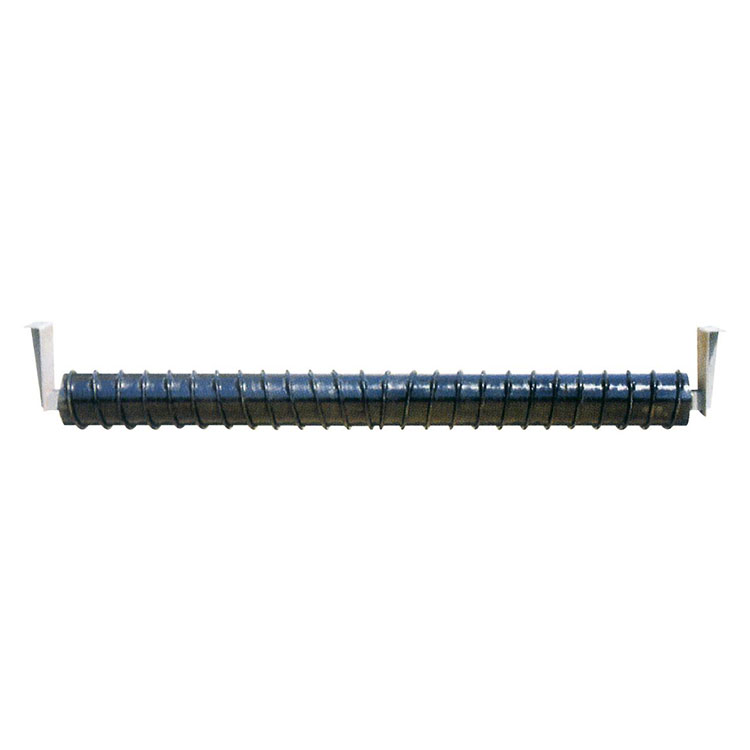The Essential Role of Conveyor Idlers in Material Handling Systems
2025-04-22
Conveyor idlers are essential components in material handling systems, providing support and smooth movement for conveyor belts across various industries. They help maintain belt alignment, reduce friction, and ensure the efficient transport of bulk materials such as coal, ore, grain, and other industrial products. Their role in ensuring reliable and continuous conveyor belt operation makes them a vital element in manufacturing, mining, agriculture, and logistics environments.
These idlers are usually composed of a steel or polymer roller, a shaft, and bearings housed within a frame. The rollers are designed to rotate with minimal resistance, allowing the conveyor belt to move freely while carrying heavy loads. Proper spacing and alignment of the idlers are critical, as this prevents belt sagging and reduces the risk of damage or misalignment. Conveyor idlers come in different types, including carrying idlers, return idlers, impact idlers, and training idlers, each serving a specific function depending on the system's needs.
Durability and resistance to harsh working conditions are key characteristics of high-quality conveyor idlers. Many are built to withstand dust, moisture, and extreme temperatures, which are common in industries like mining and construction. Some idlers are sealed to prevent contaminants from entering the bearings, extending their lifespan and reducing maintenance requirements. Regular inspections and timely replacement of worn idlers are important to maintain overall conveyor performance and prevent unexpected downtime.
The design of conveyor idlers can also contribute to energy efficiency. Well-aligned and low-friction idlers reduce the power needed to drive the belt, which can result in lower operating costs over time. Advances in materials and engineering have led to lighter and stronger idlers, helping optimize the balance between load capacity and system wear. In some systems, self-aligning idlers are used to correct belt tracking issues automatically, minimizing manual adjustments and improving overall reliability.
Choosing the right conveyor idler involves considering factors such as load type, belt speed, environmental conditions, and system length. Proper selection and installation ensure that the conveyor system operates smoothly and safely, reducing the risk of damage to both the belt and the materials being transported. Whether in a high-capacity mining operation or a food processing plant, conveyor idlers play a critical role in keeping materials moving efficiently through the production line.



